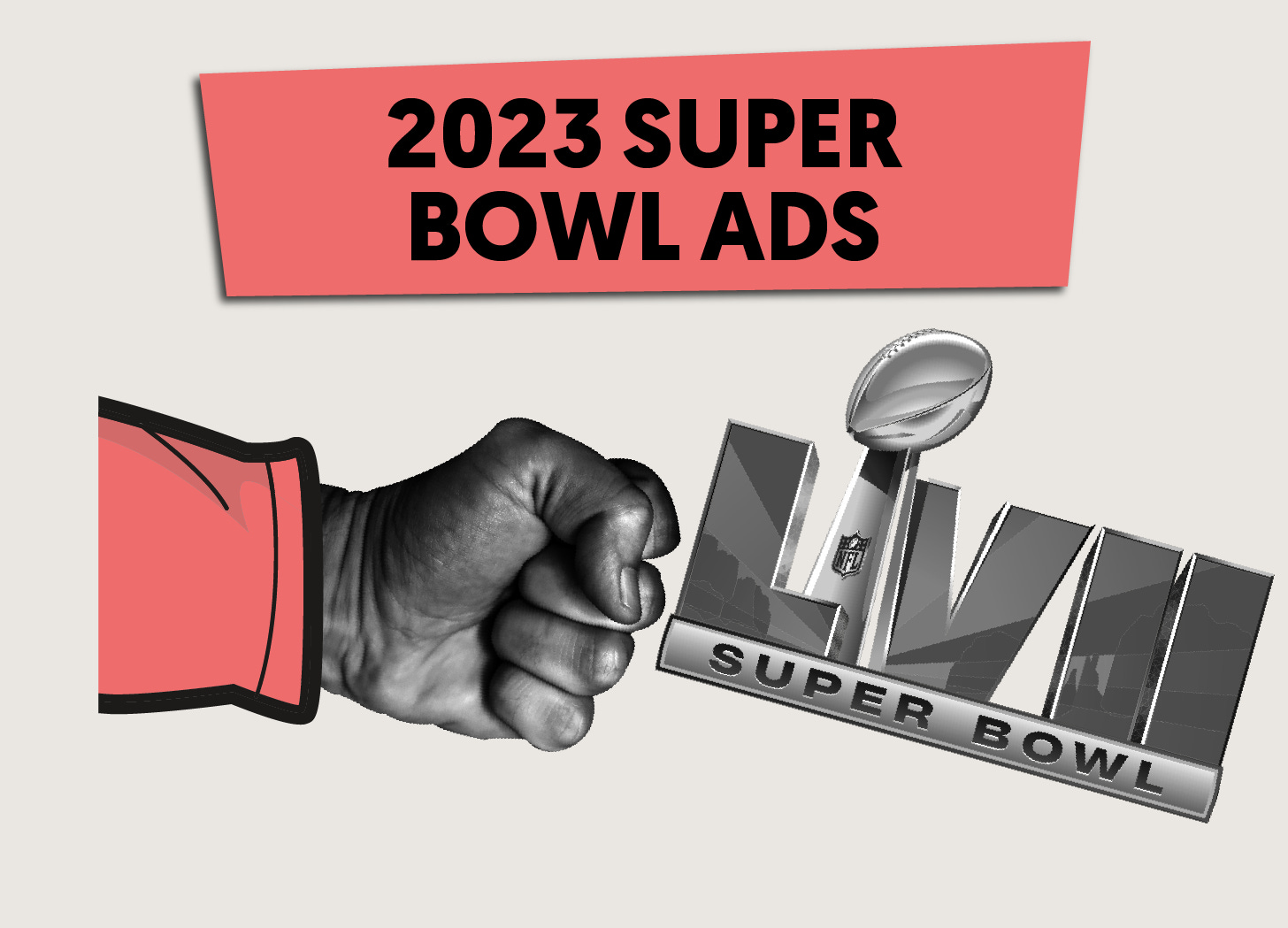2023 Super Bowl Ads - Winners and Losers
Find out which audience favorite made my WORST list and why two ads I didn't enjoy made my BEST list.
For anyone new here, I’m the founder of Woo Punch, a brand consultancy rooted in evidence-based brand design. I write about the evidence that debunks brand purpose, differentiation, brand love, loyalty marketing, customer personas, color psychology, mission statements, customer engagement, AdTech, and “hustle culture.”
Want to chat about your advertising? Schedule a free intro call.
***IMPORTANT: IF YOU ARE RECEIVING THIS AS AN EMAIL, IT MAY BE “CLIPPED” FOR LENGTH IN YOUR EMAIL BROWSER. TO READ THE FULL MESSAGE, CLICK ON “VIEW ENTIRE MESSAGE”***
THE SUPER BOWL COMMERCIAL MYTH
The most incredible Super Bowl ads are clever, emotional, funny, and inspirational.
We have all been sold this myth. But is it true based on what we know about how consumers have been studied to interact with brands and advertising?
Which ads will help the brands being advertised sell products, and which ads might simply help the creative agencies behind them win awards?
THE 5 KEYS TO AN EFFECTIVE SUPER BOWL AD
I believe there are 5 keys to an effective ad based on the Ehrenberg-Bass Institute’s research into marketing effectiveness, Nobel Prize winner Daniel Kahneman’s research into behavioral science, and Robert Heath’s research into the psychology of advertising. These 5 keys are Distinctiveness, Consistency, Broad-Reach, Category Entry Points, and Attention.
Certainly, other factors can go into whether or not an ad is effective, but the following 5 keys should be the primary objectives of any effective ad.
You can read more about these keys in my Super Bowl article from last year.
Each key is not created equal so I gave them different weights. For example, if a Super Bowl ad is clever and funny (scores well in Attention), but the brand being advertised is lost in the mix (scores poorly in Distinctiveness), that ad will have a lower grade than a boring but well-branded ad. That’s because Distinctiveness is far more important than Attention.
To grade this year’s ads, I assigned the following percentages to each key:
DISTINCTIVENESS - 65%
The first key factor for an effective Super Bowl ad is distinctiveness, and I estimate that distinctiveness accounts for up to 65% of an ad’s effectiveness. If an ad isn't strongly linked to the brand being advertised throughout using distinctive audio, thematic, and visual cues, it will essentially be a waste of money. We won’t know who was advertised.
Despite this, many brands sacrifice these cues in favor of emotional narratives, virtue signaling, or humor. Advertisers often treat ads like short films aimed at winning creative awards, not tools to sell products. This is a mistake.
CONSISTENCY - 20%
The second biggest factor for an effective Super Bowl ad is consistency. I estimate consistency accounts for up to 20% of an ad's effectiveness.
If the brand being advertised has never been advertised before, or the brand has consistently advertised, but its Super Bowl ad is dramatically different from all of its other ads, consumers will find it hard to link the ad to its correct brand.
BROAD-REACH - 8%
The third factor is broad-reach. As a whole, broad-reach is more important than consistency and sometimes even distinctiveness. I estimate that broad-reaching advertising channels account for as much as 80% of advertising effectiveness in some cases. But here, I'm grading content, not advertising channels.
As a result, I estimate that broad-reaching messaging or content accounts for around 8% of a Super Bowl ad's effectiveness relative to all other key factors. Instead of catering to a specific demographic or psychographic, Super Bowl ads should target all category buyers with their messaging and content.
CATEGORY ENTRY POINTS - 5%
The 4th most significant factor for an effective ad is Category Entry Points (CEPs).
Rather than differentiating your brand, you should try to tap into why consumers buy from your category in the first place before they even consider brands. Most consumers don’t perceive the differences between brands regardless of how hard a brand tries to highlight those differences. This approach can be futile as a result. By prioritizing CEPs the goal is to simply be considered in various buying situations.
I explain this in more detail in last year’s article.
While CEPs are extremely helpful, they take a lot of time and repetition to build. Because of this, I'm grading individual ads here without considering a brand's overall advertising, so I estimate CEPs account for around 5% of an ad’s effectiveness during stand-alone Super Bowl ads.
ATTENTION - 2%
Finally, attention is the least important (but still critical) key to an effective ad.
While marketing gurus and the general public think attention is the most essential key for a Super Bowl ad, attention is complicated and misunderstood. There are several types of attention and not all are good when it comes to advertising. High attention can even have a negative effect on sales. Again, I explain why in last year’s article, but I estimate that attention accounts for around 2% of Super Bowl ad effectiveness.
My estimates for each key aren't an exact science, and there are additional keys that can be helpful that I don't discuss here, but I wanted to grade these ads on the most critical factors.
MY GRADES FOR THIS YEAR’S SUPER BOWL ADS
MY TOP 5 BEST
NOTE: To see my score for every Super Bowl ad, scroll to the bottom.
Keep reading with a 7-day free trial
Subscribe to Branding Bullsh*t to keep reading this post and get 7 days of free access to the full post archives.





